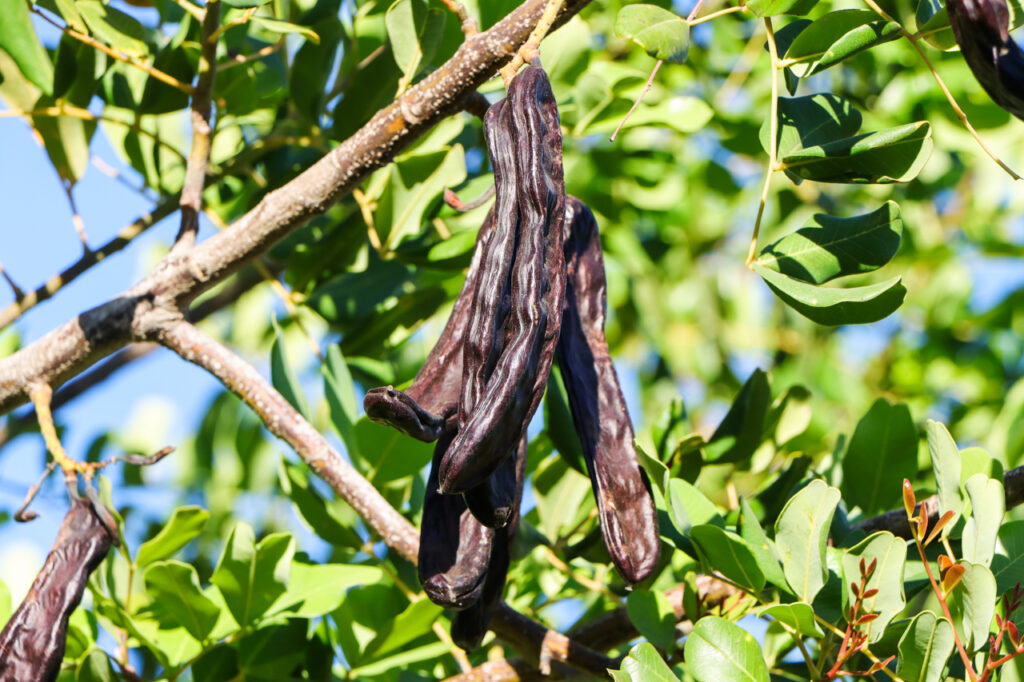The first Miyawaki Forest in the Algarve is growing in the municipality of Silves with 18 plant species native to the region that guarantee a balance of biodiversity and less use of water, an increasingly scarce resource.
The Native Forest project, developed by biologist Sónia Soares on a family plot of land in Mesquita, in the parish of Algoz, municipality of Silves, was born in March with the planting of 260 plants of 18 species native to the Algarve, which in some cases are common to other parts of the country.
“The Miyawaki forests are characterized by having a rapid development, being rich in native species and bringing many benefits, both for the environment and for man, as well as for capturing and absorbing water”, among other advantages, said Sónia Soares. to the Lusa agency.
According to the project's mentor, this forest system becomes self-sufficient after two or three years, with the advantage of allowing "greater retention of water in the soil and, therefore, the passage later to the groundwater".
Sónia Santos emphasizes that this method will allow you to use less water: “It is not just in terms of money, but the importance that water has for us, and especially here in the Algarve, which is one of the regions of our country that is suffering the most. with drought and desertification”.
Zambujeiro, mastic, oleander, carob, cistus and myrtle are some of the species planted in the small forest of 100 square meters that the biologist would like to serve as an example to be replicated in other areas of the Algarve and even the country.
“The assumptions that we follow in this methodology make it more economical, and these forests, in terms of development, are self-sufficient after two to three years”, he said, adding that at the end of that period of time, the plants do not need be watered.
The Miyawaki method was created by Japanese botanist and ecologist Akira Miyawaki in the 1970s and has inspired the planting of hundreds of small urban forests around the world.
Miyawaki's studies led to the development of a planting method that combines the concepts of potential natural vegetation (the vegetation that would exist on a site if there were no human intervention) and the way species interact with each other and grow to form a forest ecosystem. dynamic.
“The main [economic] income is not a measurable or physical income”, defended Sónia Soares, who also considered the role that this method has to be important in “alert people to environmental problems and the need to develop this type of projects” .
For the biologist, it is necessary to “help to contribute a little to the improvement of the environment”, involving “the local population in all stages of the development of a project like this, whether it be the planting, or the monitoring and irrigation ”.
“And this is an important tool, because in economic terms, in terms of value, this is the best we can give these generations and future generations”, he stressed.
The principles of the Miyawaki method argue that the potential natural vegetation of the site and its structure must be identified, that is, how the different species of herbs, shrubs and trees can be combined.
The crop should be kept weed free and watered regularly for the first two years. This method allows vegetation to grow more quickly, which has made it successful in hundreds of small urban forest projects.
The method has shown good results, with a success rate of 97% worldwide, having invaded Europe and appeared in Portugal, for the first time, in 2021.

















Comments